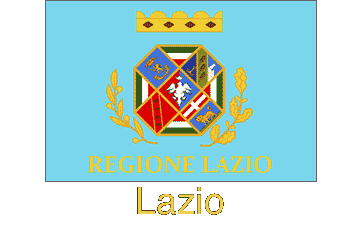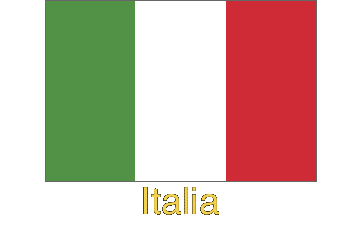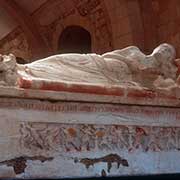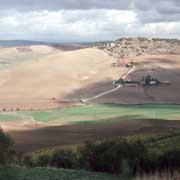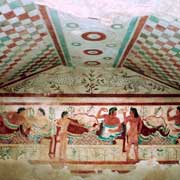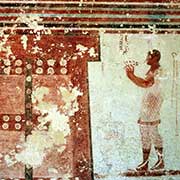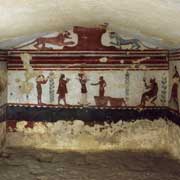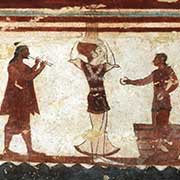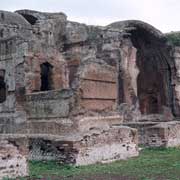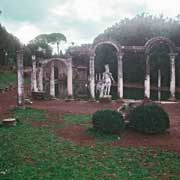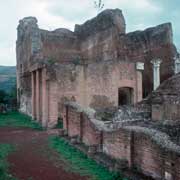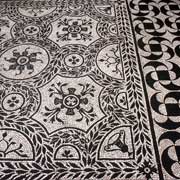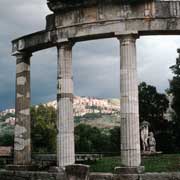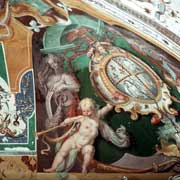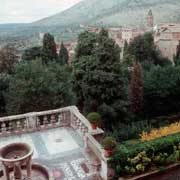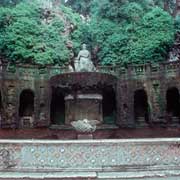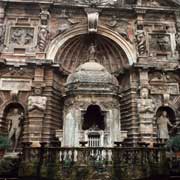Photos of Lazio, the Latin heartland, Italy
Lazio, the Latin heartland
In the central peninsular section of the country, Lazio is Italy’s third most populated region and the second richest. It has about 5.7 million residents and includes Rome, the capital and largest city of Italy. The name “Lazio” is derived from the Latin word Latium; this refers to the ancient population of the Latini or Latins, whose language was passed on to the city-state of Ancient Rome and became the language of the Roman Empire.
you may then send it as a postcard if you wish.
About 28 kilometres to the east of Rome is Tivoli, the Latin Tibur, situated on the western slopes of the Sabine Hills, along the Aniene River. It was originally an independent member of the Latin League and a rival of Rome, but it came within the Roman orbit in the 4th century BCE. Emperor Hadrian built his villa here, starting in 118 CE; it took about ten years to build and was the largest and most sumptuous in the whole empire. Another famous landmark in Tivoli is the Villa d'Este, begun in 1550 by Pirro Ligorio for Cardinal Ippolito II d'Este. Its gardens are a magnificent example of Renaissance landscape architecture; the villa’s palace and gardens became a UNESCO World Heritage site in 2001.
Tarquinia, probably founded in the 12th Century BCE and home of the Etruscan kings who ruled Rome before the republic was created, lies 7 kilometres inland from the Tyrrhenian Sea, just north of Civitavecchia. Tarquinia has many tombs in an Etruscan necropolis (burial grounds), many richly decorated with frescoes. The main site is the Necropolis of Montessori, with many tumulus tombs with chambers carved in the rock.
